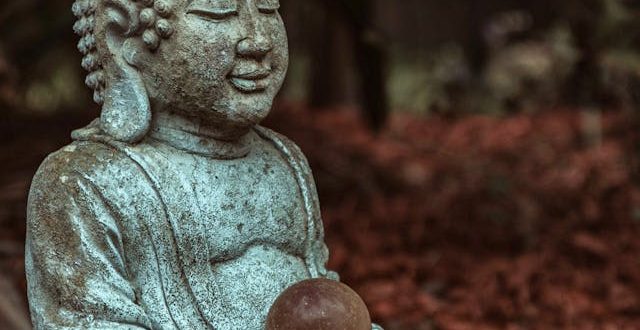Vipassana
In modern times this type of Buddha’s spiritual exercise is taught in many ways and, most of the time, a title prefixed by a personal name instead of the Gautama Buddha. The Pali term ‘vipassana’ obviously denotes Buddha’s system.
In many meditation centers ‘vipassana’ and’ ‘satipatthana’ are entirely different systems of meditation. This certainly has distorted the way of teaching Buddhism. Many times non-Buddhists make this mistake out of ignorance.
Vipassana means ‘insight’ which has been taught by the Buddha in two discourses, Maha Satipatthana sutta found in Digha Nikaya of Suttapitaka, and Satipatthana sutta found in Majjhima Nikaya. But a very interesting point is to be noted that in these discourses, Buddha has never uttered the term ’vipassana’.
Buddha is a scientific person who takes the practitioner from his gross physical body to the subtle spiritual state of Nibbana slow by slow so that a practitioner can get spiritual experiences in sixteen stages instead of sitting and thinking in the name of so-called ‘meditation’.
According to Buddha, one should practice Vipassana at 4 levels with supplementary techniques expounded in the following major divisions such as ‘KAYANUPPASSANA’ which means contemplating the gross physical body and its activities.
Vipassana
#1. Kayanupassana
The breathing mechanism is technical ‘ANAPANA SATI’. The next step is all bodily movements for meditation such as walking, moving the body backward, or forward even up to the mild movement of ‘blinking of eyelids’. There is a practice: ‘cemetery observation’ seeing’ a corpse from its first day to one complete year.
In modern days throwing a dead body in the cemetery, the ground is not practiced as done in Buddha’s time so it is impossible to practice the cemetery observation. But in Sri Lanka, a drawing is used as depicted in the ‘satipatthana sutta’. Finally, the practitioner is trained to observe the presence of four major elements air, fire, water, and earth functioning in his own body.
#2. Vedantanupassana
In the next step, Buddha switches over to the field of sensation and feeling. The Pali term ‘Vedanta’ means sensation such as ‘seeing’, ’hearing’,’ tasting’, ’smelling’, and ‘touching’. There are three types of feelings: ‘pleasant feeling’ ‘unpleasant feeling’ and finally neutral feeling. This is a teaching to practitioners explaining all the Pali terms.
Vipassana
#3. Cittanupasana
The Pali ‘Citta’ means mind and its objects. This has a sequence of terms such as thinking, thought, fear, anxiety, planning the future, worrying about past and future, and expectations, likewise, we can give long sequences of words. But in Buddhist terminology, there is only one word ‘Citta’.
#4. Dhammanupassana
Contemplating righteousness such as hindrances of meditative life, positive qualities for developing concentration, Buddha’s teachings of four-noble truth, etc., are taught. Shortly speaking only Buddha’s training methodology was taken for teaching instead of some ‘individuals’ system.
One can practice Vipassana as meditation for spiritual elevation.
 Sun Signs Everything Under The Sun!
Sun Signs Everything Under The Sun!
